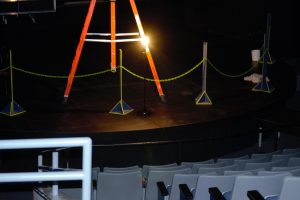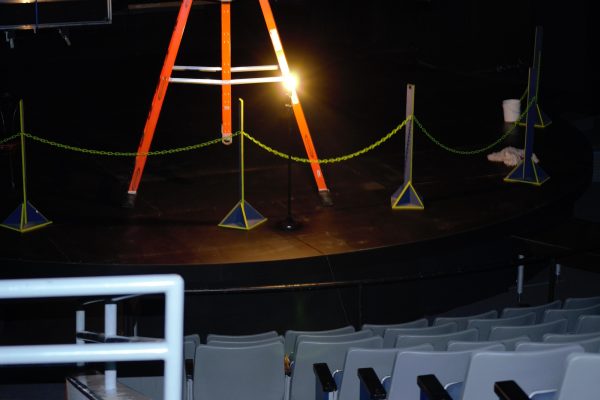Professor update on remote learning
How professors have adjusted to remote learning
May 20, 2020
Amidst COVID-19 pandemic, professors stare into their cameras while lecturing, waiting for virtual student interactions. Meanwhile, students opt to turn off their cameras and listen without visual contact.
This new shift to online learning forced many professors to move out of their comfort zones and format their classes to fit this new normal.
When lecturing, professors often are able to assess their students’ reactions by looking at their faces, but this has been a challenge over Zoom.
“One of the greatest challenges with remote learning is that I can’t see all of my students, and my students can’t easily interact with one another. In a physical classroom, I can quickly scan faces to monitor their attention level and pick up on non-verbal cues to gauge how well they’re understanding the topic,” wrote associate professor of biology Jenny Tenlen in an email.
Many classes at SPU rely on student discussions to facilitate learning and connect with other people. In a remote learning setting, these discussions have shifted from in-person to live Zoom discussion breakout rooms.
For STEM classes, labs have been reduced to video lectures and other online formatting in order to replicate real life experience.
“I have invested many hours into recreating these labs for an online environment since there are so few models available online for me to emulate,” Tenlen wrote.
Professors around campus have adopted online methods of instruction to try and provide the same quality of instruction regardless of the virtual medium.
“As always, we expect students to work hard, just as our faculty and staff are working tirelessly to bring you the best remote learning environment we can in these circumstances,” Vice Provost for Academic Affairs Cindy Price wrote on the spring quarter interim website.
Assistant Professor of Communication Matthew Bellinger has adapted a module class set-up used in the previous fall and winter quarter to ease students into learning online without physical instruction. Each week has a different tab of modules directing students to follow along, watching lectures, filling out responses and interacting with other students via discussion boards.
“I had a foundation to build on, which was really important. It wasn’t as if I was starting from class, I already had some structures built up,” Bellinger said during a Zoom call.
In addition to this module set-up, Bellinger integrated three different times to meet students over Zoom for a debrief so students all around the country can access them.
“The best teaching advice I’ve ever gotten is that you got to meet your students where you are,” Bellinger said, explaining his asynchronous class set-up.
As a communication professor, Bellinger has found that online learning has shifted the method of communication and how to lecture effectively overall.
“So much of the way we teach depends on the in-person sessions but, as soon as you remove that, there are changes. I can do mini-lectures and break it up and ask students to use the internet to find examples,” Bellinger said.
Online learning has brought on challenges to professors and students but, amidst the change, professors have found new ways to meet students and provide high quality instruction.
“Remote learning has crystalized how much I value face-to-face teaching,” Tenlen said. “I value the opportunity to get to know my students, both in the classroom and during office hours.”
























































































